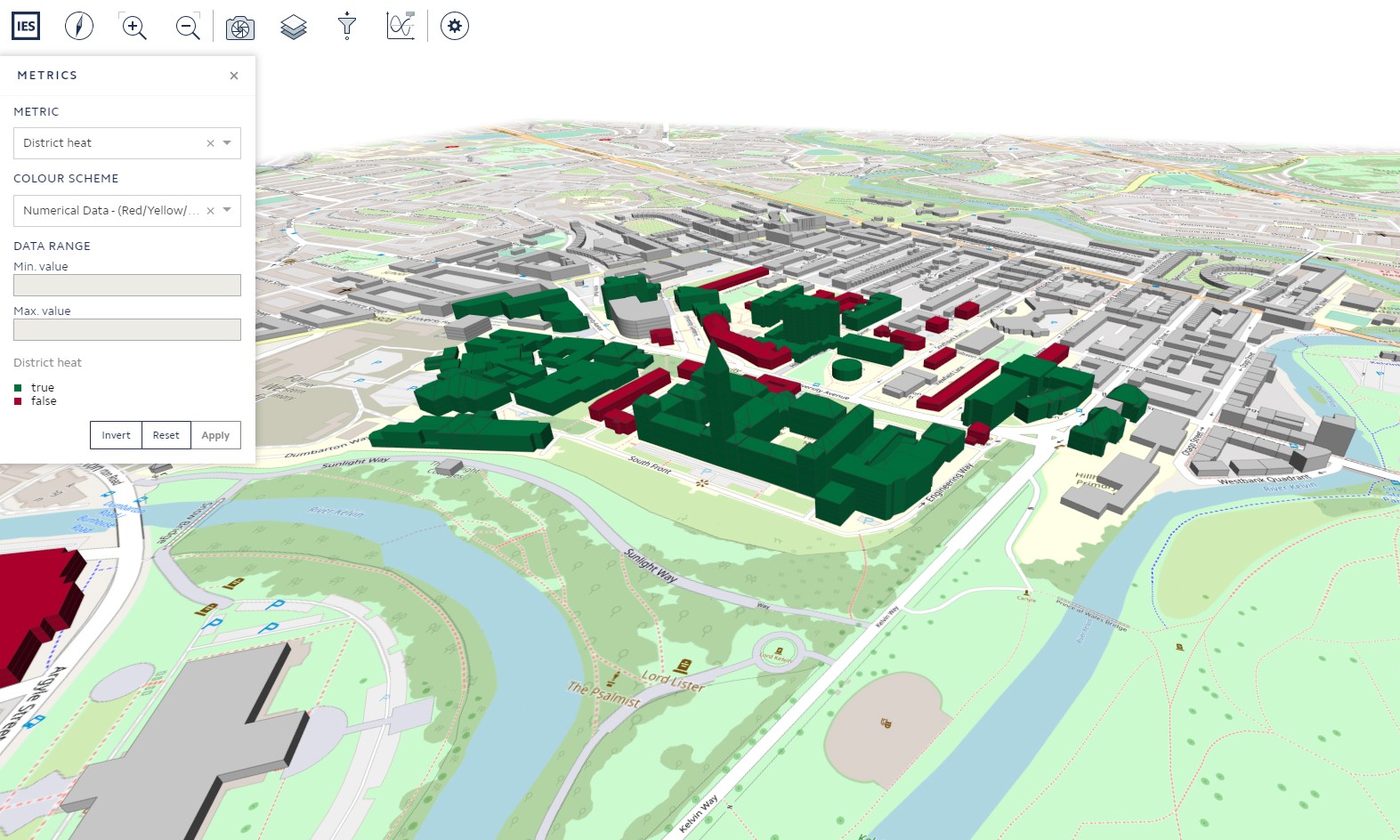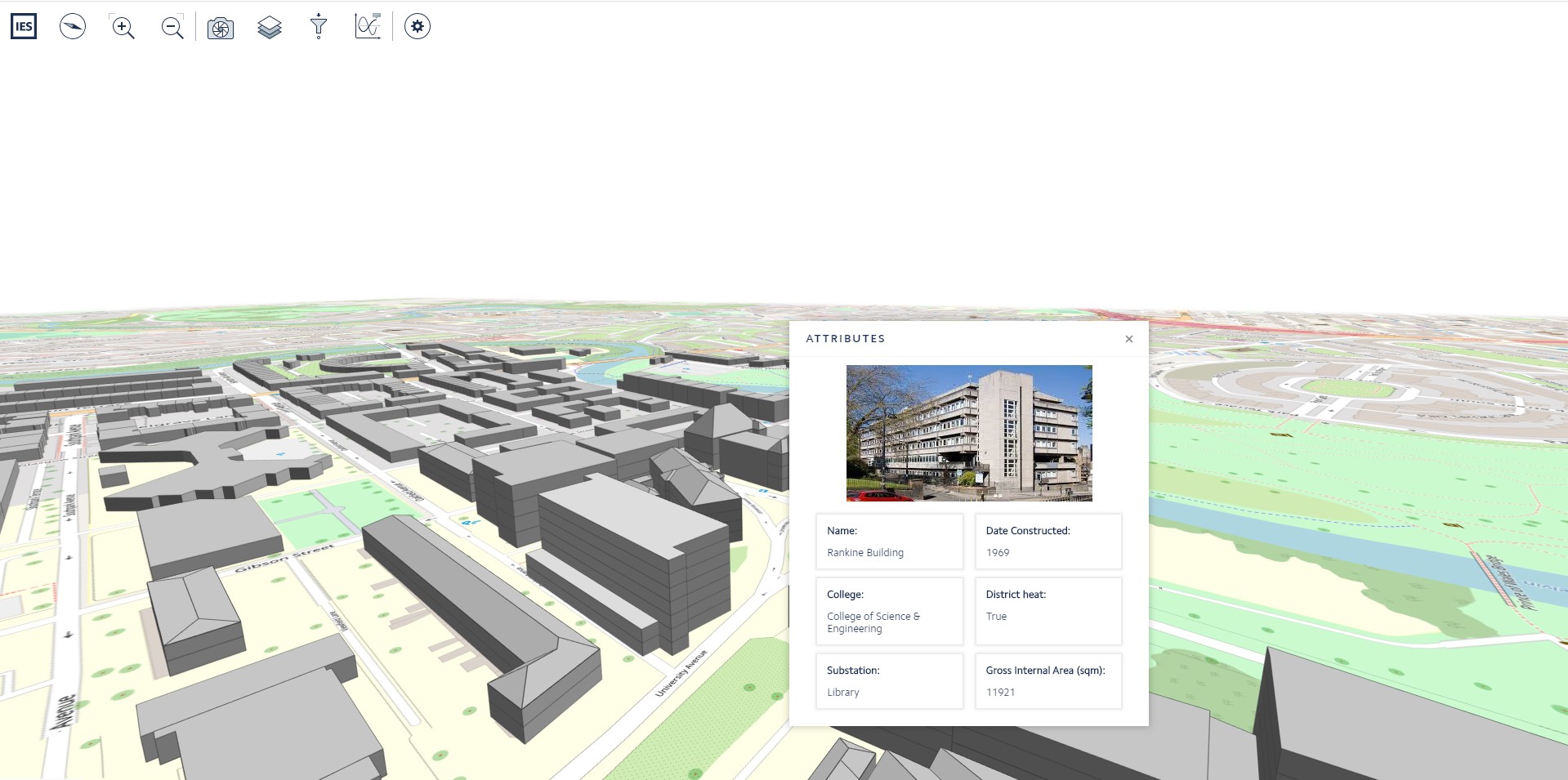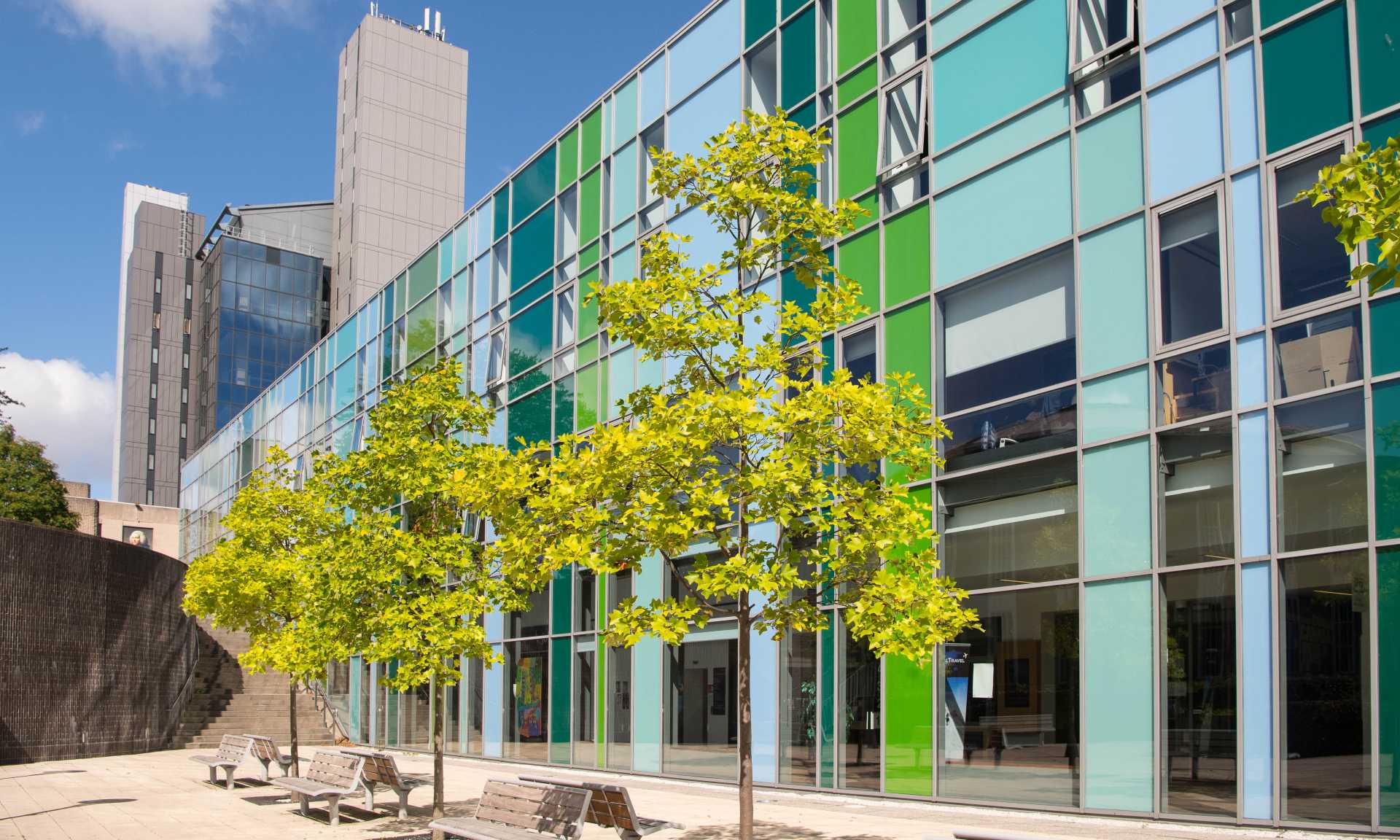How can universities utilise technology in their roadmap to net zero? By Ruth Kerrigan, COO of IES
University estates are undoubtedly recognising the important role they have to play in driving global decarbonisation efforts. So far, some 1039 academic institutions have signed up to the UN’s Race to Zero campaign, committing to reduce their emissions to zero by 2050 at the latest. However, not all have been so bold in their commitments. Almost half of global universities that suggest they are committed to climate action are yet to set a target date for reaching net zero, and the clock is ticking.
In the UK, it is encouraging to see that many universities have thrown their weight behind government aims to cut carbon emissions by 78% by 2035, with some even more ambitiously pledging to be carbon neutral by 2030. However, a large proportion of these still lack a plan for exactly how to achieve the targets they have set. As the window for action continues to narrow, all universities need to set out a roadmap to net zero, with a tangible plan to decarbonise their estates and play their part in the fight against climate change.
Universities have both the power and the responsibility to help shape the future. With many operating huge campus estates, making these more energy efficient is a crucial part of reducing the impact of the built environment, which contributes nearly 40% of global energy-related carbon dioxide emissions. What’s more - they can save themselves some money in the process too.
The need to address the environmental impact of campuses
Reducing carbon emissions across the board is essential if we are to limit the impact of climate change. According to the IPCC, the global building stock needs to reach 80-90% lower emissions by 2050 to achieve a pathway consistent with a 1.5°C target. Furthermore, 80% of the buildings that will be around in 2050 already exist, so there needs to be a significant focus on retrofitting to improve the performance of campus buildings that are already built. By making these buildings more energy and carbon efficient, they will in turn become healthier and more comfortable places in which to learn.
In addition to benefiting the planet, a better performing estate helps to drive down energy costs, and at a time where energy bills are rising rapidly, improving energy efficiency is a high priority for estate managers. Moreover, heightened attention is being paid to the ESG credentials of institutions and students are increasingly keen to understand what universities are doing to lessen their impact, a factor that could come in to play when choosing where to study. Therefore, having a plan in place which clearly sets out how you intend to decarbonise your campus, as well as enhance it as a place to learn, will improve reputation, attract students and impress stakeholders, whilst demonstrating the ability to evidence any sustainability claims.

How to map your route to a zero-carbon campus
In order for universities to evidence their commitment to net zero and meet the targets they’ve set out, they must utilise technology. Digital Twins are one way to plan, implement and manage current and future operational performance of a campus and minimise its environmental impact.
A Living Lab Digital Twin can be created to work towards and manage a zero-carbon campus. This is a real world, collaborative platform that can bring teaching, research, campus management and local community engagement together. This digital asset can then grow and adapt as the campus does, and provide data to support the decisions around building improvements.
Using a Digital Twin can help make sense of complex energy interactions at both a campus or building level, making it possible to identify where operational energy costs can be reduced, inform low energy retrofit and renovation options and help to track progress along the way. In addition, this technology enables estate managers to establish energy resilience, by making use of the Local Energy Network, evaluating renewable strategies and storage solutions, and providing EV infrastructure that will be necessary in the near future.
A low carbon campus in action: Nanyang Technological University, Singapore
To illustrate how technology can be used to create an environmentally conscious campus, we look at the example of the NTU Eco Campus. For this project, we created a 3D masterplanning and visualisation model of the 250-hectare flagship campus.
The model was used to visualise and analyse a range of testbed energy reduction technologies on site, as well as to perform detailed simulation and calibrated modelling of 21 campus buildings. A corresponding Campus Information Model was also created, for communication with campus staff and students.
Using the masterplanning model, testbed technologies were analysed, ranging from building envelope improvements to lighting sensors, chiller optimisation and the use of smart plugs to conserve energy. These measures resulted in an initial 10% decrease in energy consumption across the campus, saving S$3.9m and 8.2kt of carbon.
For phase two of this project, we used data from NTU’s Building Management System (BMS) to identify opportunities to achieve optimal performance in the existing buildings on the campus. Several issues were identified, including high and low CO2 levels, faulty energy consumption meters, meeting room temperature setting issues and lower than expected return air temperatures.
Virtual models were then created for each of the 21 campus buildings and a selection of new technologies were simulated to determine potential savings. These technologies included lighting and occupancy sensors, plug load management and high-performing optimised chillers. The results demonstrated that if installed in the buildings, these technologies could achieve 31% average energy savings and a total cost saving of approximately S$4.7m.

University of Glasgow: Developing a Western Campus Digital Twin
Another example of how universities can utilise technology to reduce their carbon footprint can be seen through our work with the University of Glasgow, which has a tough 2030 net zero target. IES was asked to develop a Digital Twin of its Western Campus and three of the most frequently used student buildings. It was important for the university to address the performance of existing buildings, as well as the new ones on the campus, as older buildings tend to consume more energy and make up a larger proportion of the built environment.
Working in partnership with the estates team was paramount when creating the Digital Twin, as it was crucial that we utilised their knowledge of the buildings and the systems that control them. To harness this expertise, along with that of the School of Engineering students at the university, we created a Living Lab collaboration to bring together applied teaching, research, and campus management.
Firstly, we created a campus-level Digital Twin for the buildings and the district heating system which included time series electrical and heat demand data generated for each consuming element. This enabled us to set the most efficient boiler sequencing for different periods of the academic year. After this, we created calibrated Digital Twins of the three existing campus buildings to allow for intelligent energy management and identify suitable improvement options. Operational data was also collected from the building to analyse performance, and a command centre is being set up to house the project information and provide detailed insight on building operations to enable changed to be made.
The Digital Twin will mean that the university can analyse energy conservation methods, optimise temperature control and heating systems, identify where power is being used, enhance building controls, and make decisions on whether to refurbish or rebuild the existing buildings. As the project develops, more buildings will be incorporated into the model to create a Zero-carbon plan, enabling the university to target the right projects in the right buildings to meet their net zero 2030 target.
Final thoughts
There is massive opportunity for Universities to make significant environmental and cost savings and lead the way in creating and executing roadmaps to net zero for their campuses. The technology to help create these roadmaps is here and available, and with the ever-looming threat of climate change there is no time to waste. Digital Twin technology is key to making the dramatic transformation that is required to decarbonise our built environment.
Universities are educating the leaders of the future, and they have a duty to set an example, and maximise efforts to make a difference. Creating a net zero campus is both possible and necessary and the education sector must ensure that they are backing up pledges to reach net zero targets, for the sake of the future of their students, and the planet.
For additional information, please visit www.iesve.com.


